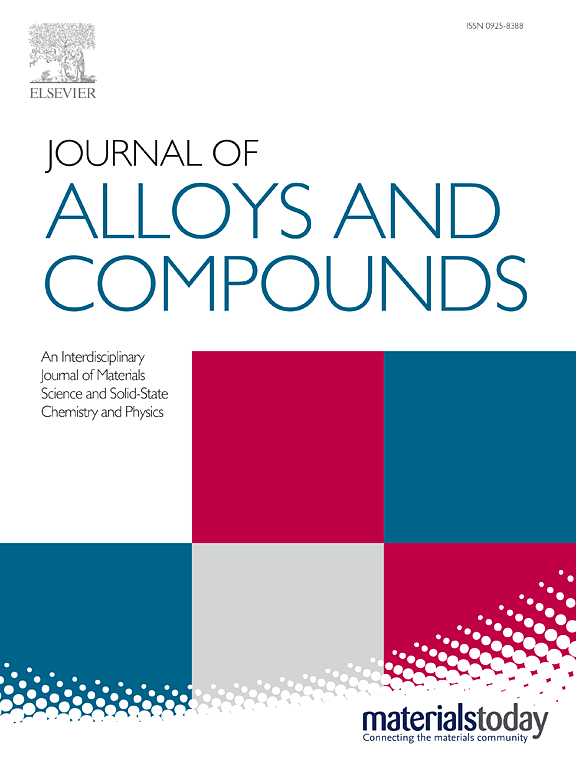基于MXene/ zif -67的高性能锂硫电池Janus分离器
IF 6.3
2区 材料科学
Q2 CHEMISTRY, PHYSICAL
引用次数: 0
摘要
锂硫(li -硫)电池以其卓越的理论能量密度而闻名,已成为下一代储能系统的有希望的候选者。然而,它们的广泛商业化仍然受到多硫化物穿梭效应和锂(Li)金属阳极不稳定性的阻碍。本研究提出了一种基于ZIF-67和MXene的Janus分离器,以提高阴极和阳极的性能。阴极表面层采用具有微孔的ZIF-67,通过物理筛分和化学吸附相结合,选择性地限制多硫化物,有效地抑制穿梭现象。同时,阳极取向MXene层通过其极性表面官能团增强了锂离子(Li+)的扩散能力,提高了Li+转移数,促进了锂离子的均匀沉积,有效抑制了锂枝晶的生长。Janus分离器使Li-S电池能够在高电流密度和低容量衰减率下实现卓越的长期循环稳定性,同时即使在高硫负载条件下也能保持优异的放电容量。通过提供双向功能化,该设计同时稳定了硫阴极和锂金属阳极,为Li- s电池的先进隔膜工程提供了一种新的策略。本文章由计算机程序翻译,如有差异,请以英文原文为准。

MXene/ZIF-67-Based Janus Separator for High-Performance Lithium-Sulphur Batteries
Lithium-sulphur (Li-S) batteries, renowned for their exceptional theoretical energy density, have emerged as promising candidates for next-generation energy storage systems. However, their widespread commercialization remains hindered by the polysulfide shuttle effect and the instability of the lithium (Li) metal anode. In this study, a Janus separator based on ZIF-67 and MXene was proposed to improve the performance of both the cathode and anode. The cathode-facing layer employs a ZIF-67 featuring micropores that selectively confine polysulfides through combined physical sieving and chemical adsorption, effectively suppressing shuttle phenomena. Simultaneously, the anode-oriented MXene layer enhances lithium-ion (Li+) diffusion capability through its polar surface functional groups, elevates the Li+ transference number, promotes uniform lithium deposition, and effectively suppresses lithium dendrite growth. The Janus separator enables Li-S batteries to achieve exceptional long-term cycling stability under high current density with low capacity decay rate, while maintaining superior discharge capacity even under high sulphur loading conditions. By offering bidirectional functionalization, this design simultaneously stabilizes the sulphur cathode and Li metal anode, providing a novel strategy for advanced separator engineering in Li-S batteries.
求助全文
通过发布文献求助,成功后即可免费获取论文全文。
去求助
来源期刊

Journal of Alloys and Compounds
工程技术-材料科学:综合
CiteScore
11.10
自引率
14.50%
发文量
5146
审稿时长
67 days
期刊介绍:
The Journal of Alloys and Compounds is intended to serve as an international medium for the publication of work on solid materials comprising compounds as well as alloys. Its great strength lies in the diversity of discipline which it encompasses, drawing together results from materials science, solid-state chemistry and physics.
 求助内容:
求助内容: 应助结果提醒方式:
应助结果提醒方式:


